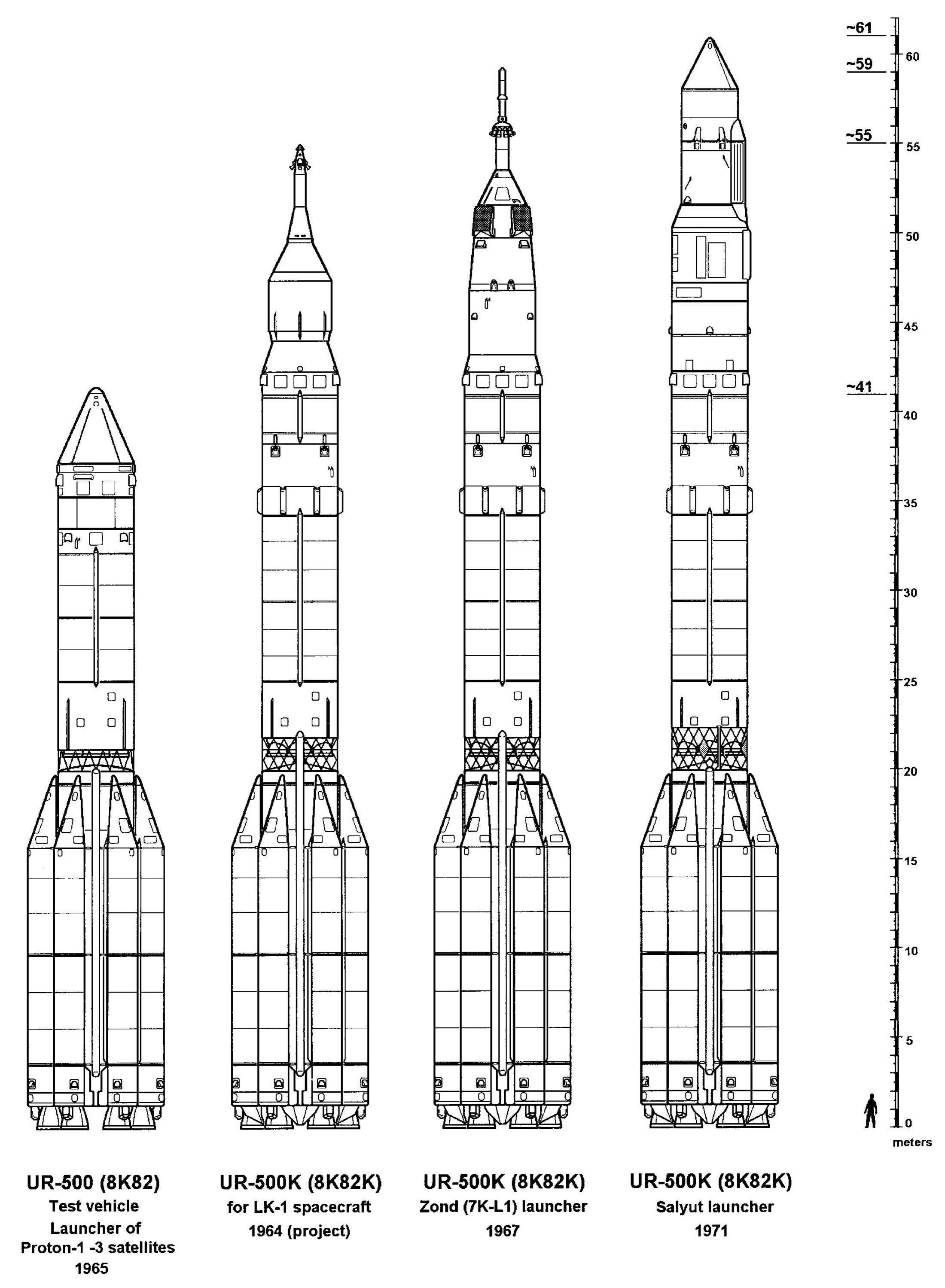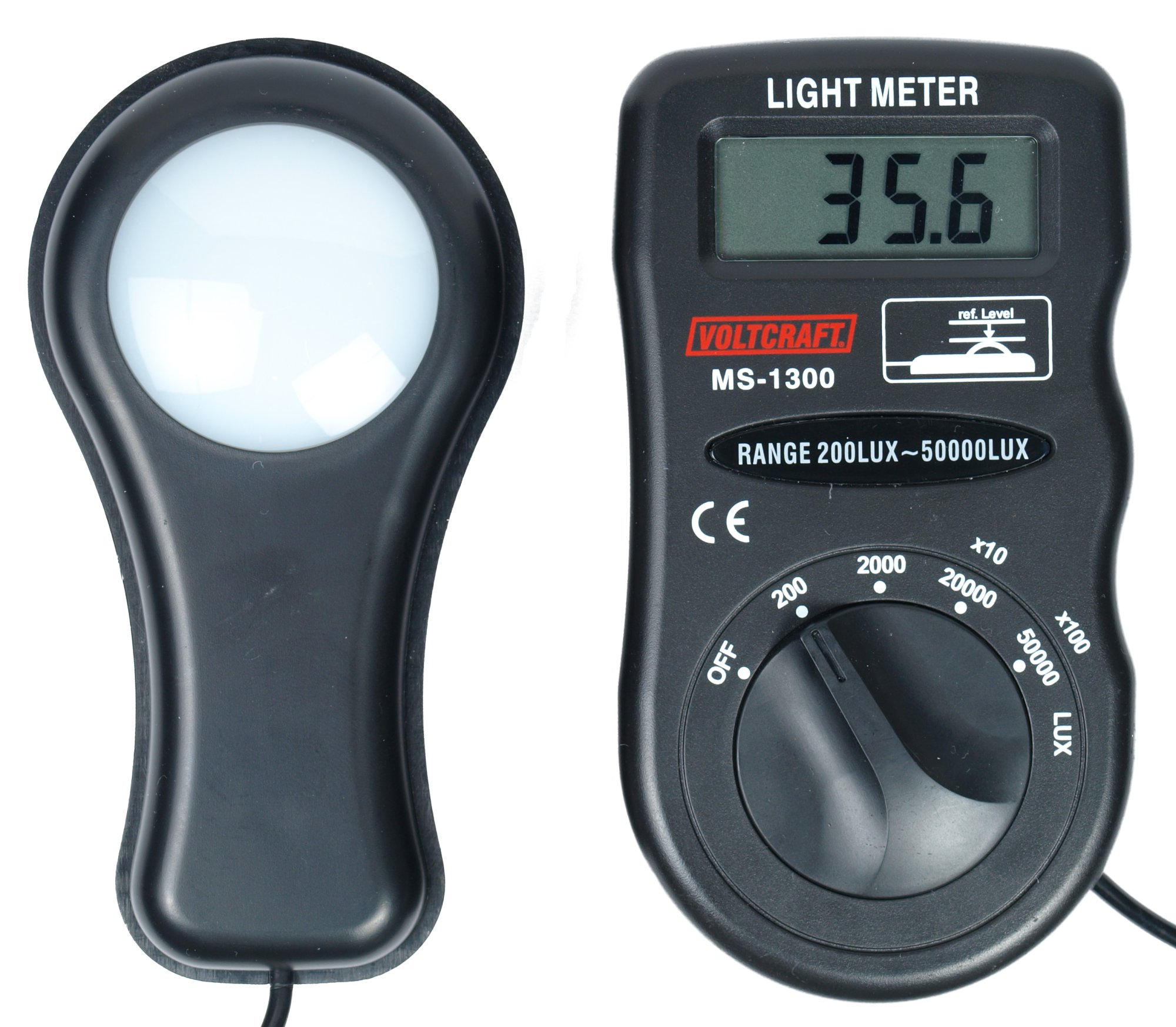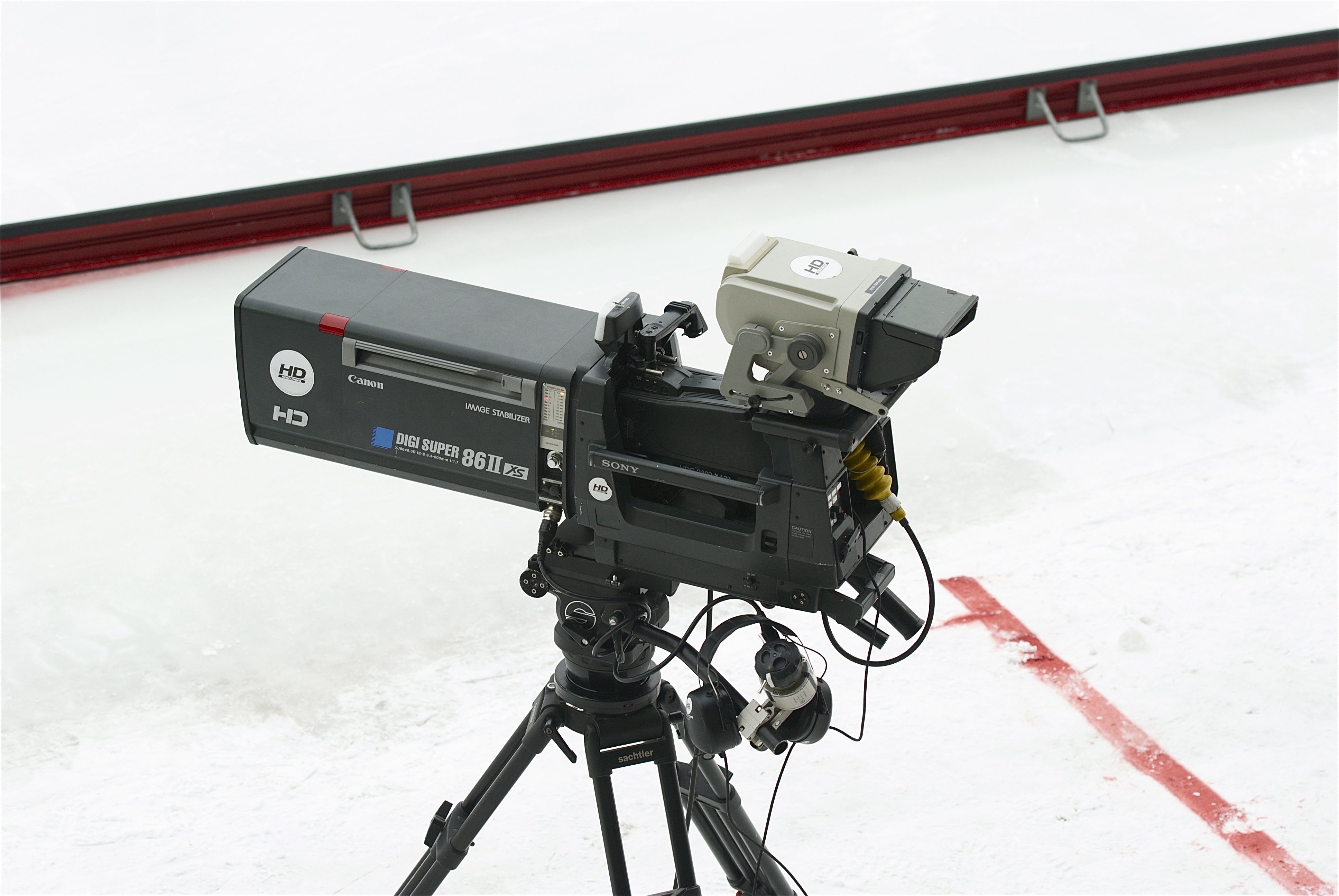|
Lunokhod 2
''Lunokhod 2'' (russian: Луноход-2 ("Moonwalker 2"), also known as Аппарат 8ЕЛ № 204 ("Device 8EL No. 204")) was the second of two unmanned lunar rovers that landed on the Moon by the Soviet Union as part of the Lunokhod programme. The ''Luna 21'' spacecraft landed on the Moon and deployed the second Soviet lunar rover, ''Lunokhod 2'', in January 1973.Lunokhod 02 NASA Solar System Exploration; page updated March 15, 2018. Retrieved May 31, 2018. The primary objectives of the mission were to collect images of the lunar surface, examine ambient light levels to determine the feasibility of astronomical observations from the Moon, perform [...More Info...] [...Related Items...] OR: [Wikipedia] [Google] [Baidu] |
Proton-K
The Proton-K, also designated Proton 8K82K after its GRAU index or SL-12 after its model number, 8K82K, was a Russian, previously Soviet, carrier rocket derived from the earlier Proton. It was built by Khrunichev, and launched from sites 81 and 200 at the Baikonur Cosmodrome in Kazakhstan. The maiden flight on 10 March 1967 carried a Soyuz 7K-L1 as part of the Zond program. During the so-called Moon Race these Proton/Soyuz/Zond flights consisted of several uncrewed test flights of Soyuz spacecraft to highly elliptical or circumlunar orbits with the unrealized aim of landing Soviet cosmonauts on the Moon. It was retired from service in favour of the modernised Proton-M, making its 310th and final launch on 30 March 2012. Vehicle description The baseline Proton-K was a three-stage rocket. Thirty were launched in this configuration, with payloads including all of the Soviet Union's ''Salyut'' space stations, all Mir modules with the exception of the Docking Module, which was l ... [...More Info...] [...Related Items...] OR: [Wikipedia] [Google] [Baidu] |
Lunar Soil
Lunar soil is the fine fraction of the regolith found on the surface of the Moon. Its properties can differ significantly from those of terrestrial soil. The physical properties of lunar soil are primarily the result of mechanical disintegration of basaltic and anorthositic rock, caused by continual meteoric impacts and bombardment by solar and interstellar charged atomic particles over billions of years. The process is largely one of mechanical weathering in which the particles are ground to progressively finer size over time. This situation contrasts fundamentally to terrestrial dirt formation, mediated by the presence of molecular oxygen (O2), humidity, atmospheric wind, and a robust array of contributing biological processes. ''Lunar soil'' typically refers to only the finer fraction of lunar regolith, which is composed of grains 1 cm in diameter or less, but is often used interchangeably. Lunar dust generally connotes even finer materials than ''lunar soil''. There is ... [...More Info...] [...Related Items...] OR: [Wikipedia] [Google] [Baidu] |
Magnetometer
A magnetometer is a device that measures magnetic field or magnetic dipole moment. Different types of magnetometers measure the direction, strength, or relative change of a magnetic field at a particular location. A compass is one such device, one that measures the direction of an ambient magnetic field, in this case, the Earth's magnetic field. Other magnetometers measure the magnetic dipole moment of a magnetic material such as a ferromagnet, for example by recording the effect of this magnetic dipole on the induced current in a coil. The first magnetometer capable of measuring the absolute magnetic intensity at a point in space was invented by Carl Friedrich Gauss in 1833 and notable developments in the 19th century included the Hall effect, which is still widely used. Magnetometers are widely used for measuring the Earth's magnetic field, in geophysical surveys, to detect magnetic anomalies of various types, and to determine the dipole moment of magnetic materials. In an air ... [...More Info...] [...Related Items...] OR: [Wikipedia] [Google] [Baidu] |
Ultraviolet
Ultraviolet (UV) is a form of electromagnetic radiation with wavelength from 10 nanometer, nm (with a corresponding frequency around 30 Hertz, PHz) to 400 nm (750 Hertz, THz), shorter than that of visible light, but longer than X-rays. UV radiation is present in sunlight, and constitutes about 10% of the total electromagnetic radiation output from the Sun. It is also produced by electric arcs and specialized lights, such as mercury-vapor lamps, tanning lamps, and black lights. Although long-wavelength ultraviolet is not considered an ionizing radiation because its photons lack the energy to ionization, ionize atoms, it can cause chemical reactions and causes many substances to glow or fluorescence, fluoresce. Consequently, the chemical and biological effects of UV are greater than simple heating effects, and many practical applications of UV radiation derive from its interactions with organic molecules. Short-wave ultraviolet light damages DNA and sterilizes surf ... [...More Info...] [...Related Items...] OR: [Wikipedia] [Google] [Baidu] |
Photometer
A photometer is an instrument that measures the strength of electromagnetic radiation in the range from ultraviolet to infrared and including the visible spectrum. Most photometers convert light into an electric current using a photoresistor, photodiode, or photomultiplier. Photometers measure: *Illuminance *Irradiance *Light absorption * Scattering of light *Reflection of light *Fluorescence *Phosphorescence *Luminescence History Before electronic light sensitive elements were developed, photometry was done by estimation by the eye. The relative luminous flux of a source was compared with a standard source. The photometer is placed such that the illuminance from the source being investigated is equal to the standard source, as the human eye can judge equal illuminance. The relative luminous fluxes can then be calculated as the illuminance decreases proportionally to the inverse square of distance. A standard example of such a photometer consists of a piece of paper with an o ... [...More Info...] [...Related Items...] OR: [Wikipedia] [Google] [Baidu] |
Panoramic Camera
Panoramic photography is a technique of photography, using specialized equipment or software, that captures images with horizontally elongated fields of view. It is sometimes known as ''wide format photography''. The term has also been applied to a photograph that is cropped to a relatively wide aspect ratio, like the familiar letterbox format in wide-screen video. While there is no formal division between " wide-angle" and " panoramic" photography, "wide-angle" normally refers to a type of lens, but using this lens type does not necessarily make an image a panorama. An image made with an ultra wide-angle fisheye lens covering the normal film frame of 1:1.33 is not automatically considered to be a panorama. An image showing a field of view approximating, or greater than, that of the human eye – about 160° by 75° – may be termed panoramic. This generally means it has an aspect ratio of 2:1 or larger, the image being at least twice as wide as it is high. The resulting images ... [...More Info...] [...Related Items...] OR: [Wikipedia] [Google] [Baidu] |
Radioisotope Heater Unit
Radioisotope heater units (RHU) are small devices that provide heat through radioactive decay. They are similar to tiny radioisotope thermoelectric generators (RTG) and normally provide about one watt of heat each, derived from the decay of a few grams of plutonium-238—although other radioactive isotopes could be used. The heat produced by these RHUs is given off continuously for several decades and, theoretically, for up to a century or more. In spacecraft, RHUs are used to keep other components at their operational temperatures, which may be very different to the temperature of other parts of the spacecraft. In the vacuum of space any part of the spacecraft which doesn't receive direct sunlight will cool down so much that electronics or delicate scientific instruments break down. They are simpler and more reliable than other ways of keeping components warm, such as electric heaters. Spacecraft use Most lunar and Martian surface probes use RHUs for heat, including many pro ... [...More Info...] [...Related Items...] OR: [Wikipedia] [Google] [Baidu] |
Polonium-210
Polonium-210 (210Po, Po-210, historically radium F) is an isotope of polonium. It undergoes alpha decay to stable 206Pb with a half-life of 138.376 days (about months), the longest half-life of all naturally occurring polonium isotopes. First identified in 1898, and also marking the discovery of the element polonium, 210Po is generated in the decay chain of uranium-238 and radium-226. 210Po is a prominent contaminant in the environment, mostly affecting seafood and tobacco. Its extreme toxicity is attributed to intense radioactivity, capable of severely harming humans. History In 1898, Marie and Pierre Curie discovered a strongly radioactive substance in pitchblende and determined that it was a new element; it was one of the first radioactive elements discovered. Having identified it as such, they named the element polonium after Marie's home country, Poland. Willy Marckwald discovered a similar radioactive activity in 1902 and named it radio-tellurium, and at roughly the sa ... [...More Info...] [...Related Items...] OR: [Wikipedia] [Google] [Baidu] |
Photovoltaic Module
Photovoltaics (PV) is the conversion of light into electricity using semiconducting materials that exhibit the photovoltaic effect, a phenomenon studied in physics, photochemistry, and electrochemistry. The photovoltaic effect is commercially used for electricity generation and as photosensors. A photovoltaic system employs solar modules, each comprising a number of solar cells, which generate electrical power. PV installations may be ground-mounted, rooftop-mounted, wall-mounted or floating. The mount may be fixed or use a solar tracker to follow the sun across the sky. Photovoltaic technology helps to mitigate climate change because it emits much less carbon dioxide than fossil fuels. Solar PV has specific advantages as an energy source: once installed, its operation generates no pollution and no greenhouse gas emissions, it shows scalability in respect of power needs and silicon has large availability in the Earth's crust, although other materials required in PV system man ... [...More Info...] [...Related Items...] OR: [Wikipedia] [Google] [Baidu] |
Frame Rate
Frame rate (expressed in or FPS) is the frequency (rate) at which consecutive images (frames) are captured or displayed. The term applies equally to film and video cameras, computer graphics, and motion capture systems. Frame rate may also be called the , and be expressed in hertz. Frame rate in electronic camera specifications may refer to the maximal possible rate, where, in practice, other settings (such as exposure time) may reduce the frequency to a lower number. Human vision The temporal sensitivity and resolution of human vision varies depending on the type and characteristics of visual stimulus, and it differs between individuals. The human visual system can process 10 to 12 images per second and perceive them individually, while higher rates are perceived as motion. Modulated light (such as a computer display) is perceived as stable by the majority of participants in studies when the rate is higher than 50 Hz. This perception of modulated light as steady is known ... [...More Info...] [...Related Items...] OR: [Wikipedia] [Google] [Baidu] |
Television Camera
A professional video camera (often called a television camera even though its use has spread beyond television) is a high-end device for creating electronic moving images (as opposed to a movie camera, that earlier recorded the images on film). Originally developed for use in television studios or with outside broadcast trucks, they are now also used for music videos, direct-to-video movies (see digital movie camera), corporate and educational videos, wedding videos, among other uses. Since the 2000s, most professional video cameras are digital (instead of analog) professional video cameras. The distinction between professional video cameras and movie cameras became much smaller as HD digital video cameras with sensors the same size as 35mm movie cameras - plus dynamic range ( exposure latitude) and color rendition approaching film quality - were introduced in the late 2010s. Nowadays, HDTV cameras designed for broadcast television, news, sports, events and other works such as re ... [...More Info...] [...Related Items...] OR: [Wikipedia] [Google] [Baidu] |
Brake
A brake is a mechanical device that inhibits motion by absorbing energy from a moving system. It is used for slowing or stopping a moving vehicle, wheel, axle, or to prevent its motion, most often accomplished by means of friction. Background Most brakes commonly use friction between two surfaces pressed together to convert the kinetic energy of the moving object into heat, though other methods of energy conversion may be employed. For example, regenerative braking converts much of the energy to electrical energy, which may be stored for later use. Other methods convert kinetic energy into potential energy in such stored forms as pressurized air or pressurized oil. Eddy current brakes use magnetic fields to convert kinetic energy into electric current in the brake disc, fin, or rail, which is converted into heat. Still other braking methods even transform kinetic energy into different forms, for example by transferring the energy to a rotating flywheel. Brakes are generally ... [...More Info...] [...Related Items...] OR: [Wikipedia] [Google] [Baidu] |










